|
|
|
Editor's note
|
|
Six months ago, the Royal Commission into Aged Care Quality and Safety launched in response to accounts of horrific abuse and neglect in residential aged care facilities.
This week the commission turned its attention to aged care in the home. Around 116,000 Australians received home care last financial year, with two-thirds aged 80 or over. But there aren’t enough home care packages for everyone who is eligible, so waiting times for appropriate packages have blown out to 18 to 24 months. The royal commission heard some people died while waiting, while some others had to go into
aged care facilities.
The aged care in the home system is incredibly confusing. The commission heard unscrupulous providers took advantage of this confusion and offered sub-standard care packages to older Australians, and charged exorbitant fees. To help you make sense of how the system works, and where the money is going, we’ve created an explainer-style article with ten charts.
In our other home care coverage this week, Lyn Phillipson and Louisa Smith outline how home care packages are becoming big revenue-raisers for some companies, but clients aren’t receiving personalised care. Michael Woods and Sarah Wise explain why there’s a shortfall of home care packages, but the solution isn’t as simple as uncapping the number of places. And Alison Rhan has some timely advice for people who want to grow old in their homes: start planning and saving now.
|
Fron Jackson-Webb
Deputy Editor/Senior Health + Medicine Editor
|

|
|
Home care
|

Home care providers’ profits are growing but many older Australians are missing out on quality care.
The Conversation / Shutterstock
Fron Jackson-Webb, The Conversation; Emil Jeyaratnam, The Conversation
This week the aged care royal commission heard evidence of long waits for home care, poorly trained staff and high fees. These 10 charts explain how the system works and why it's under such pressure.
|
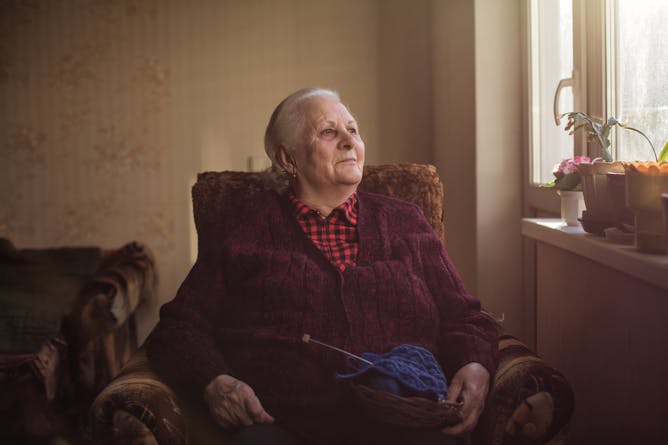
Many older Australians prefer to stay at home than enter residential aged care – but the process of securing home care is riddled with complexities.
From shutterstock.com
Lyn Phillipson, University of Wollongong; Louisa Smith, University of Wollongong
An elderly lady needs to change the time a carer visits to help her shower. The reality of today's market-driven home care system means she has to call a centralised 1800 number to arrange this.
|
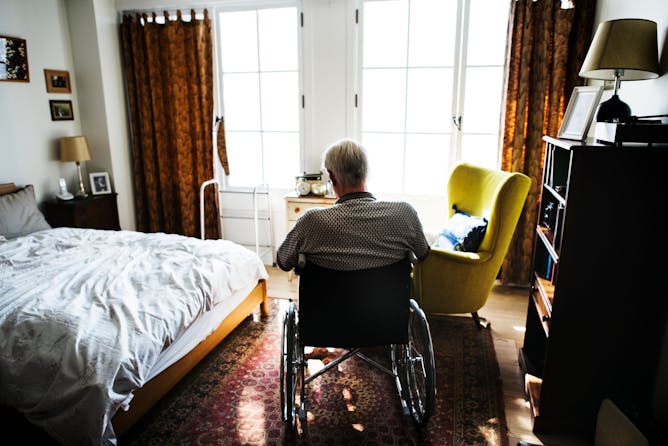
In December, more than 127,000 Australians were waiting for a home care package.
From shutterstock.com
Michael Woods, University of Technology Sydney; Sarah Wise, University of Technology Sydney
The government will keep increasing the number of subsidised home care services, but it needs to find the right funding balance for the system to remain sustainable.
|
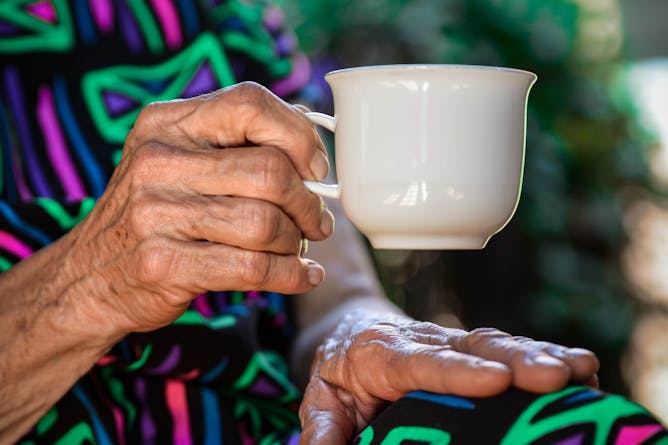
The earlier you start planning, the better.
Shutterstock
Alison Rahn, Western Sydney University
If you don't plan for your aged care and make your wishes known, you may be admitted to a hospital or aged care facility when something goes wrong. That's where most Australians end up dying.
|

Many older Australians want to stay at home, but will need help to be able to do so.
From shutterstock.com
Tracy Comans, The University of Queensland
Home care packages are a viable alternative to residential aged care for many older Australians. But the process to secure these packages can be long and complicated.
|
Residential care
|
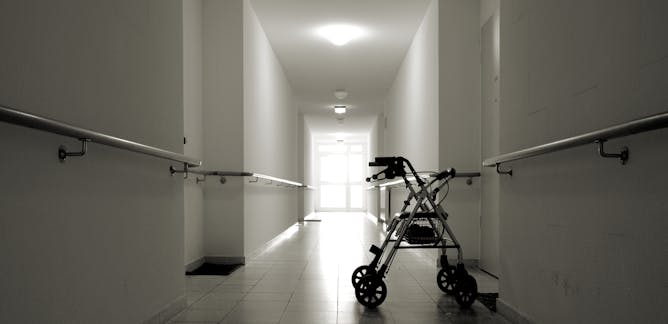
Ralph Hampson, University of Melbourne
Large institutions for people with disability and mental illness were once commonplace. These have now been replaced with smaller community-based services. With aged care, we're doing the opposite.
| |

Joseph Ibrahim, Monash University
The Conversation asked readers how they would want a loved one to be cared for in a residential aged care facility. What they said was similar to what surveys around the world have consistently found.
|
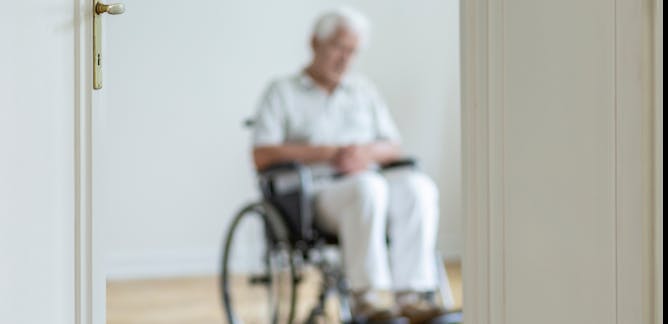
Juanita Westbury, University of Tasmania
Antipsychotic drugs are often used to "chemically restrain" aged care residents and control their behaviour. The system needs to change – but lessons from the US tell us it's not going to be easy.
| |

Joseph Ibrahim, Monash University
New regulations to stop the use of physical restraint on the elderly recognise a serious problem in our aged care system. But in order to really fix this issue, we need to address what's causing it.
|
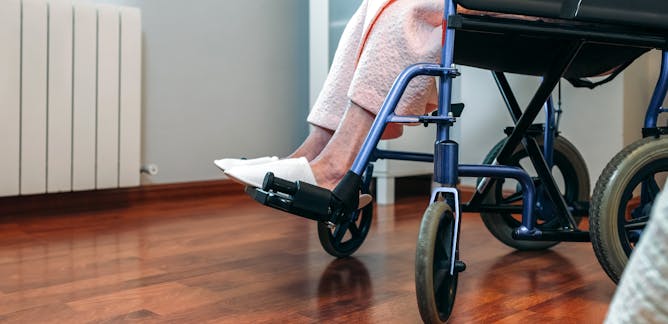
Julie Henderson, Flinders University; Eileen Willis, Flinders University
The biggest system failure in aged care is staffing. We don't need to wait until the royal commission is over to fix it – this can be done now.
| |
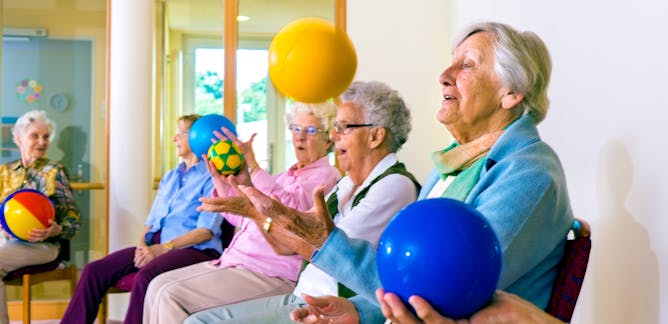
Lisa Trigg, London School of Economics and Political Science
In England, each home is given a rating against five questions: is it safe, is it effective, is it responsive, it is caring and is it well led?
|
|
|
| |
Featured jobs
|

|
Griffith University — Nathan, Queensland
|

|
Auckland University of Technology — Auckland, Auckland
|

|
RMIT University — Melbourne, Victoria
|

|
University of Melbourne — Parkville, Victoria
|
|
|
|
Featured events
|

|
Monash University Law Chambers, 555 Lonsdale Street, Melbourne, Victoria, 3000, Australia — Monash University
|

|
Doherty Institute for Infection and Immunity, Melbourne, Victoria, 3000, Australia — University of Melbourne
|

|
Melbourne , Australian Capital Territory, Australia — Creative Innovation
|

|
Deakin Downtown, 727 Collins Street, Melbourne, Victoria, 3008, Australia — Deakin University
|
|
|
|
| |
| |
| |
| |
| |
|
|
|
|
|
|
|